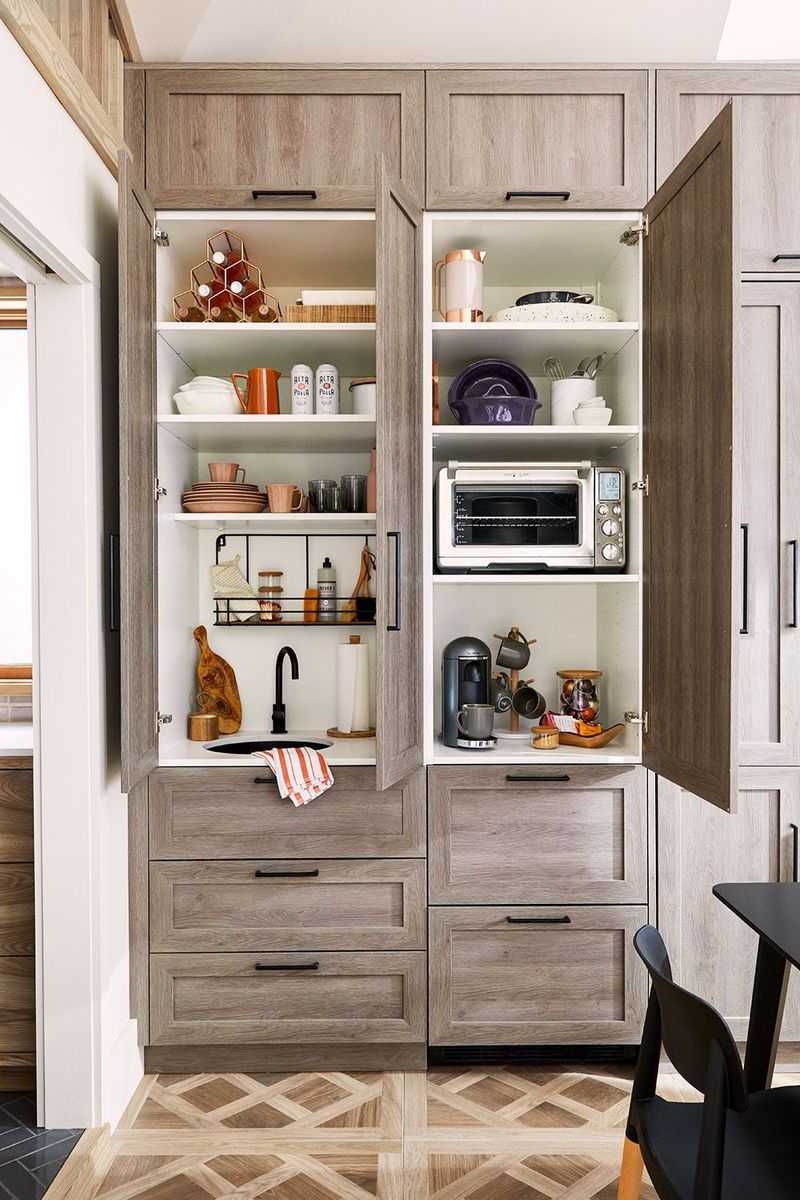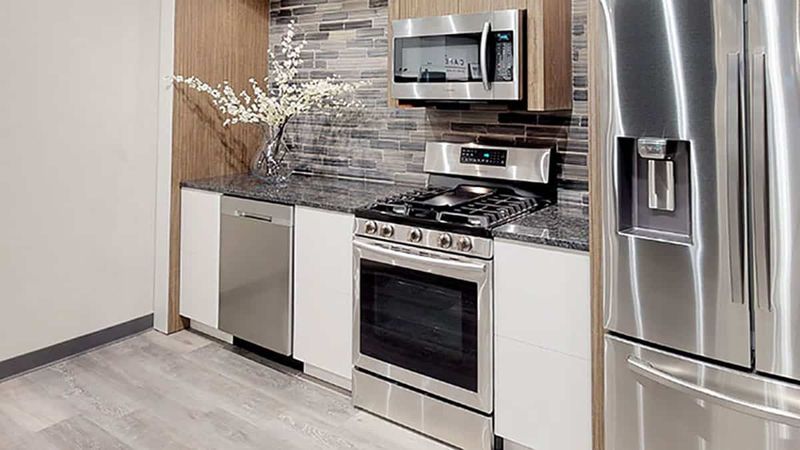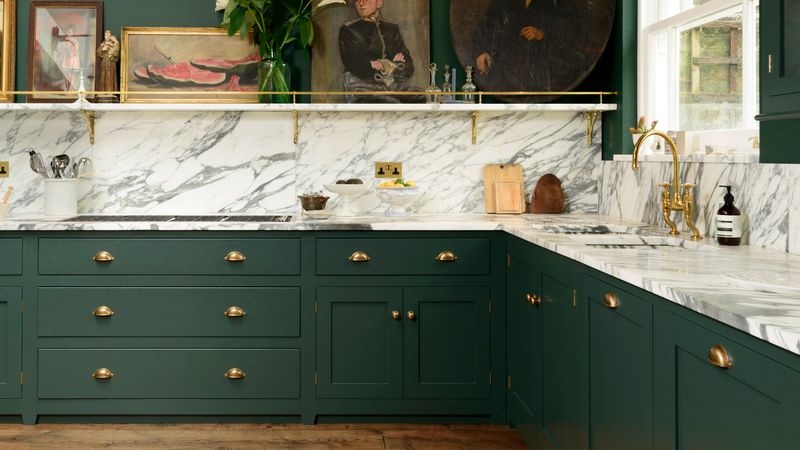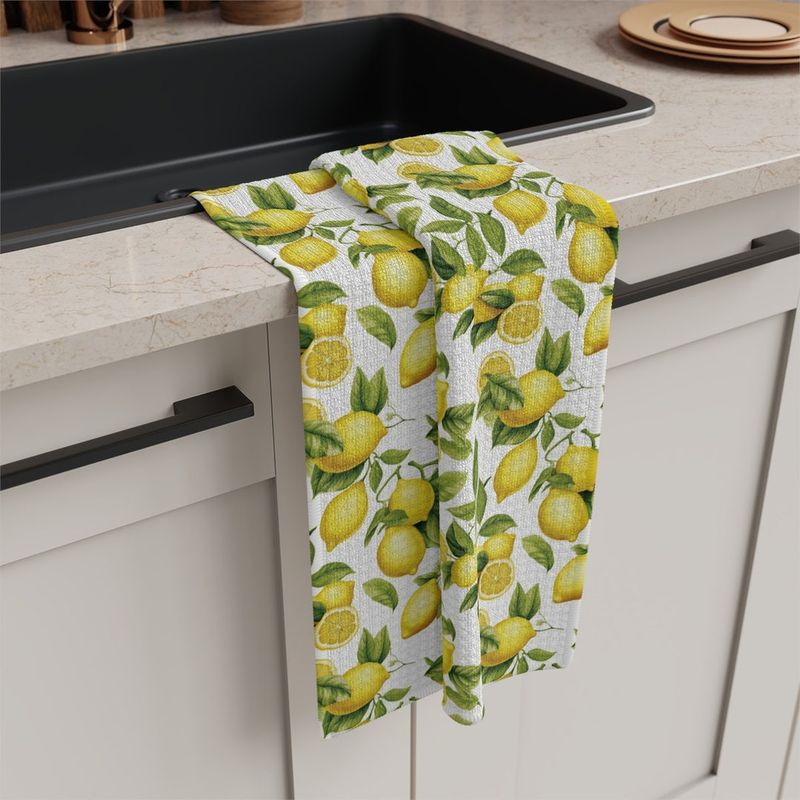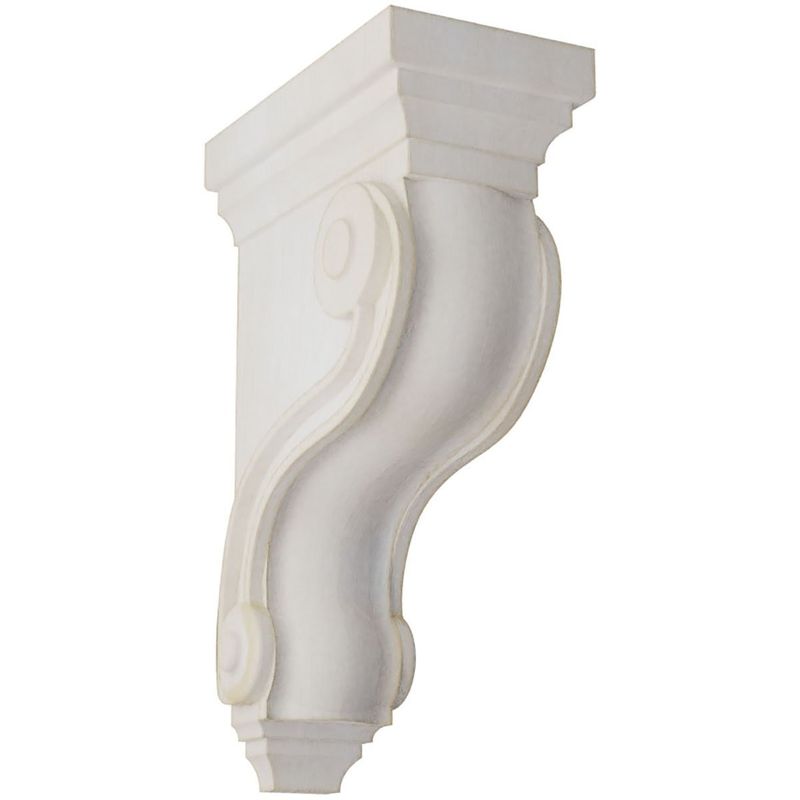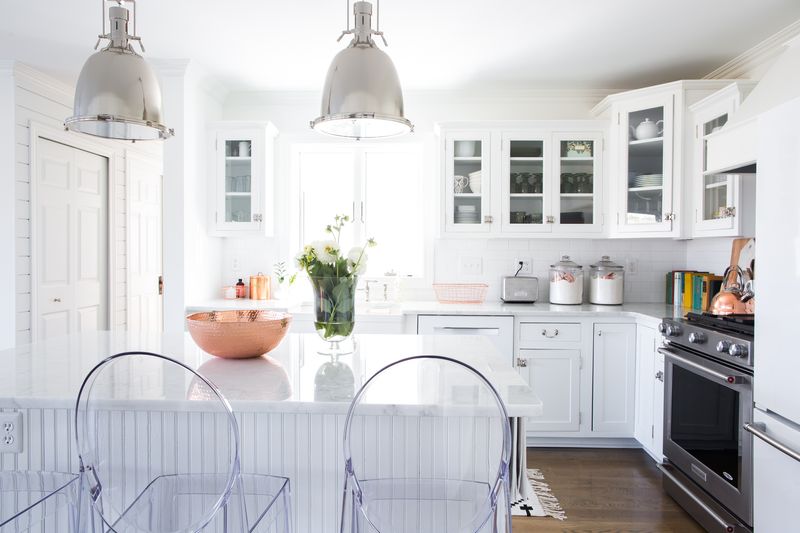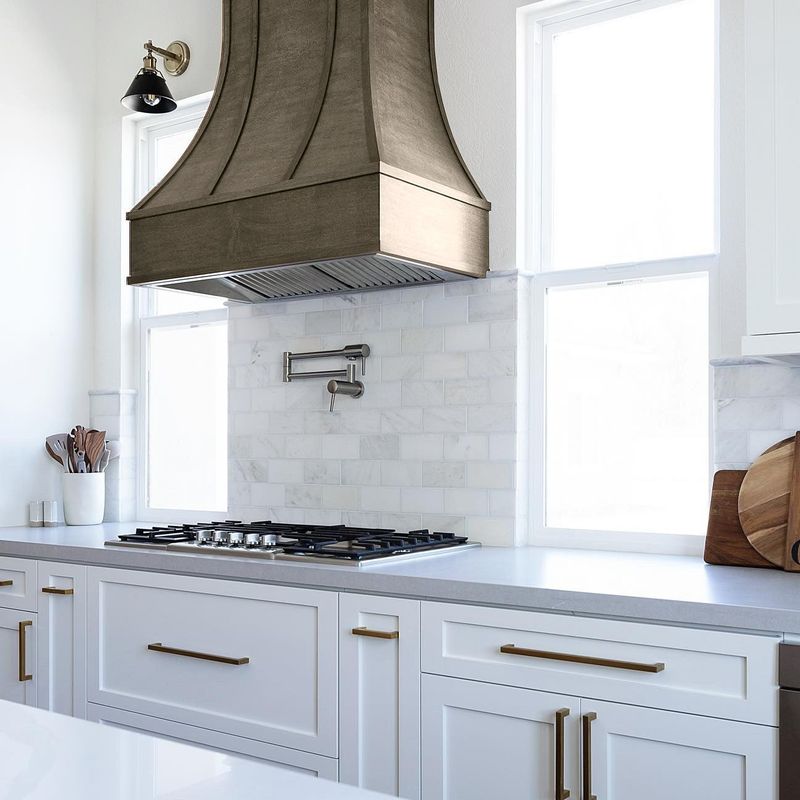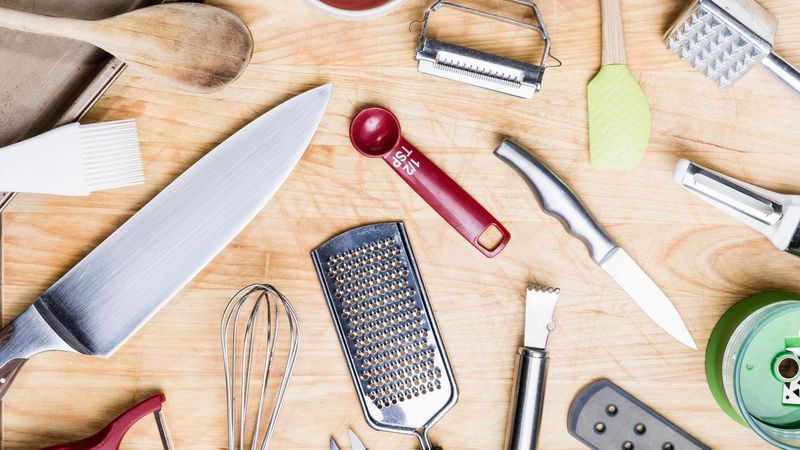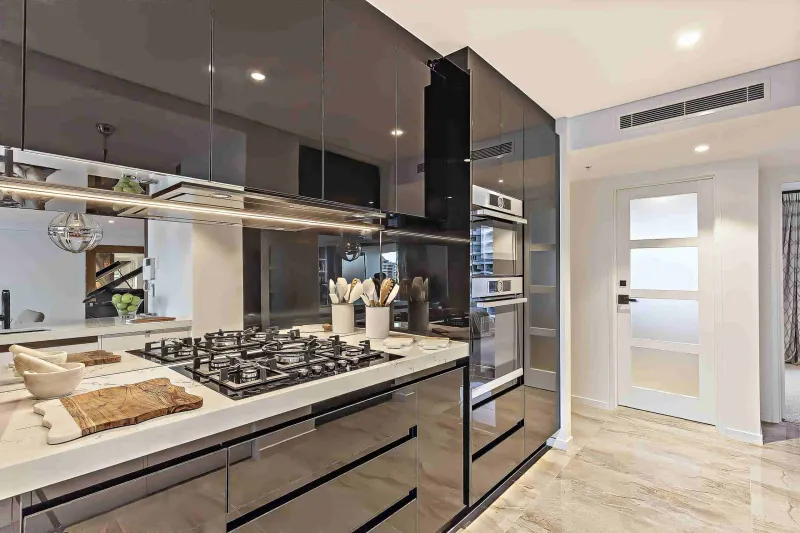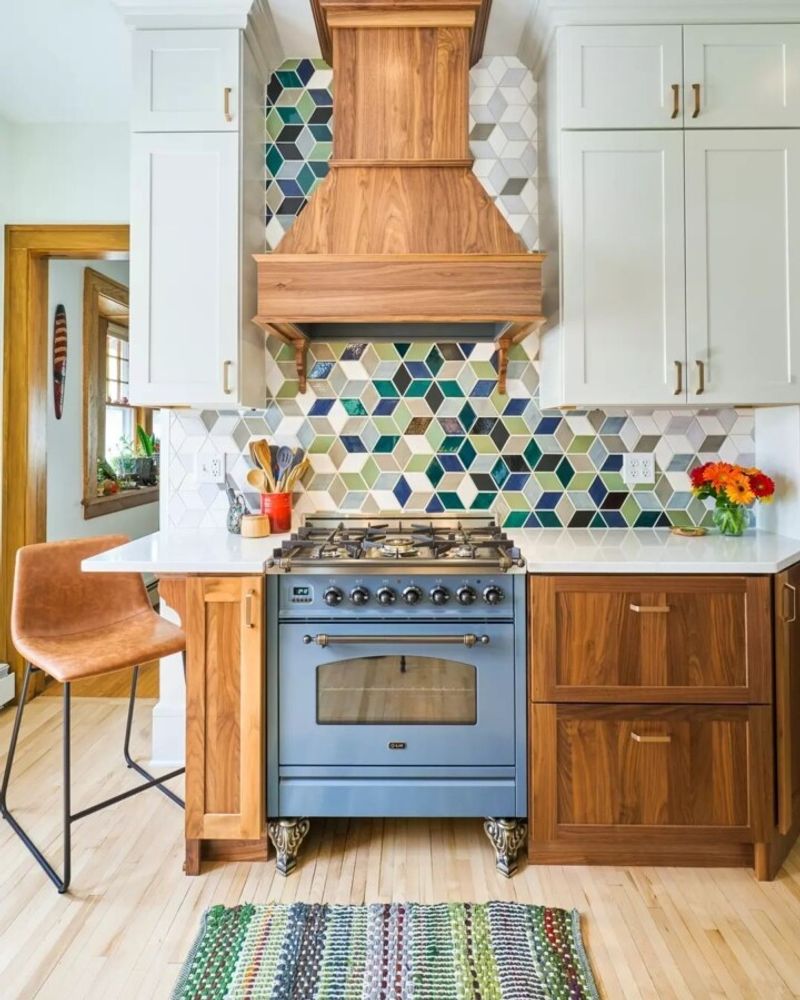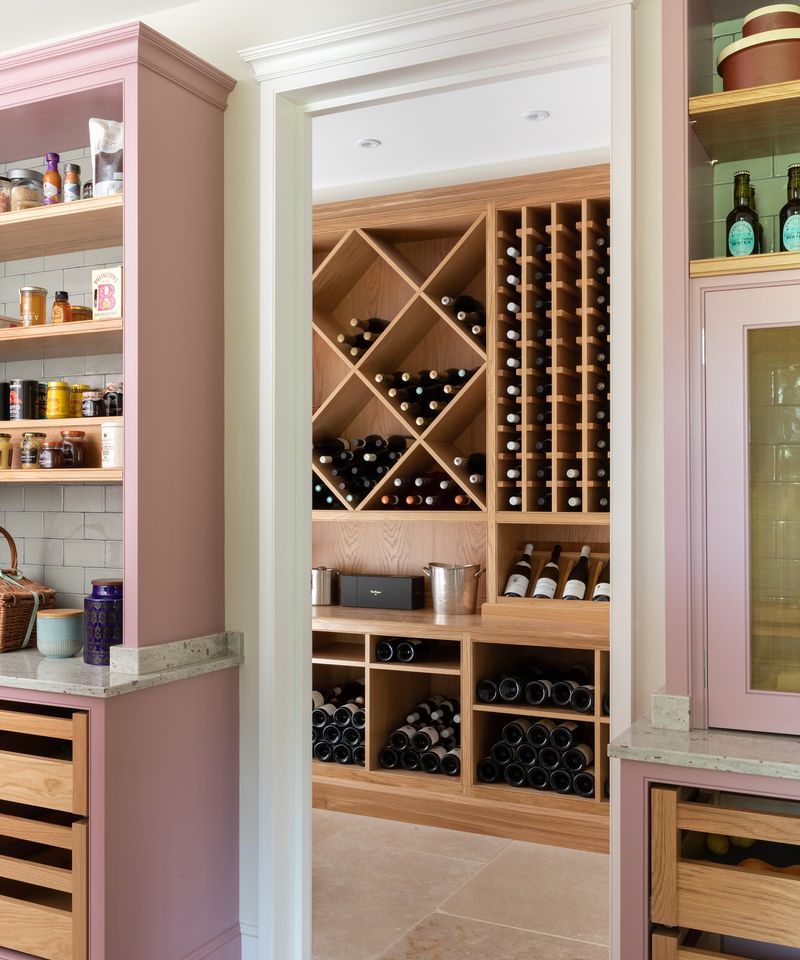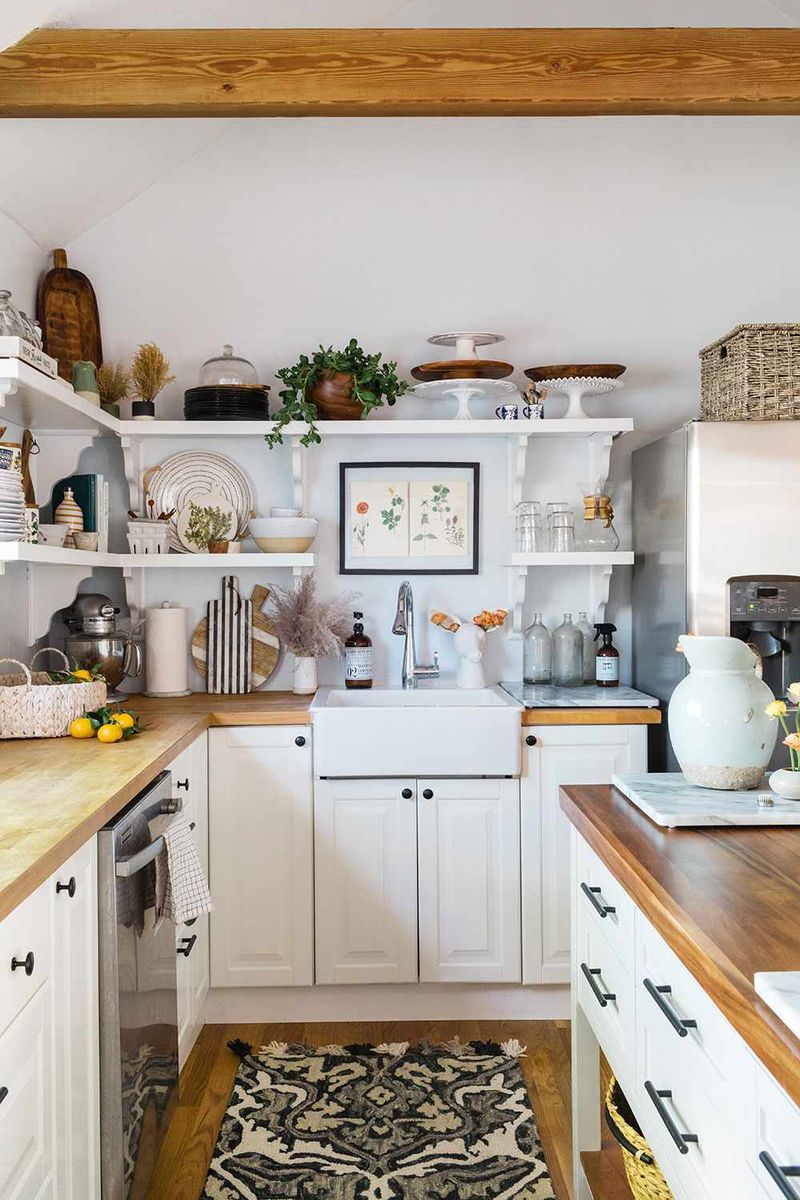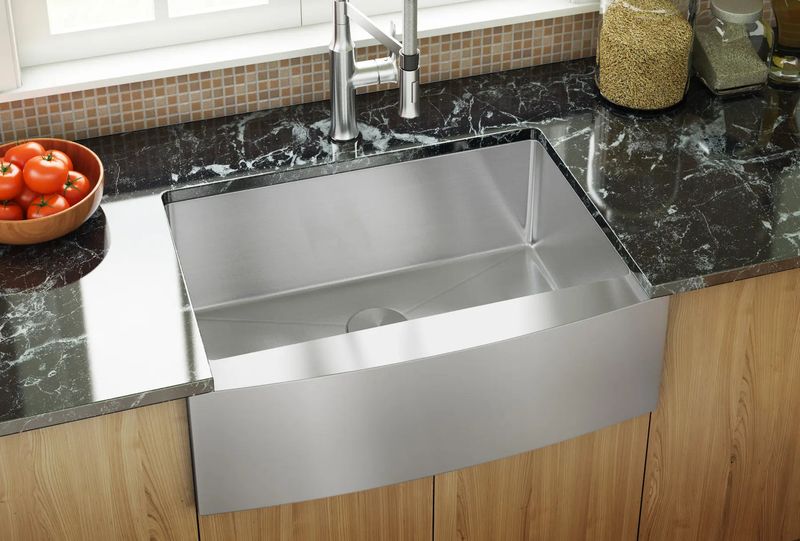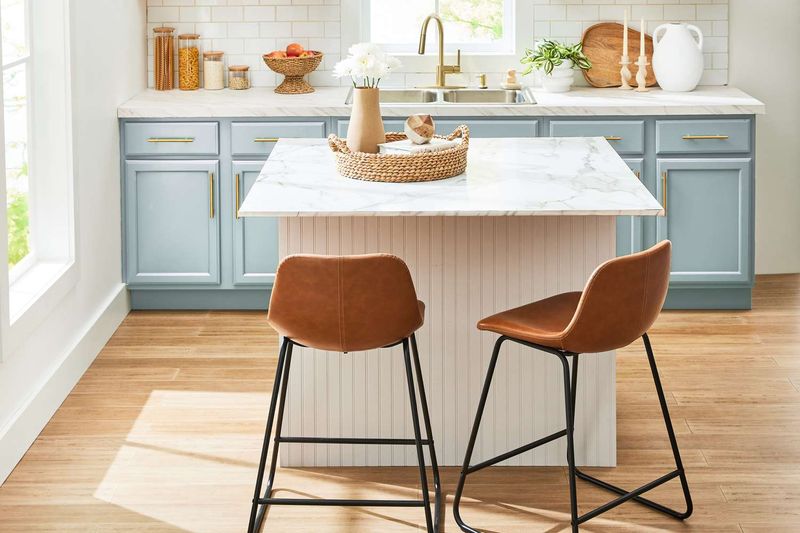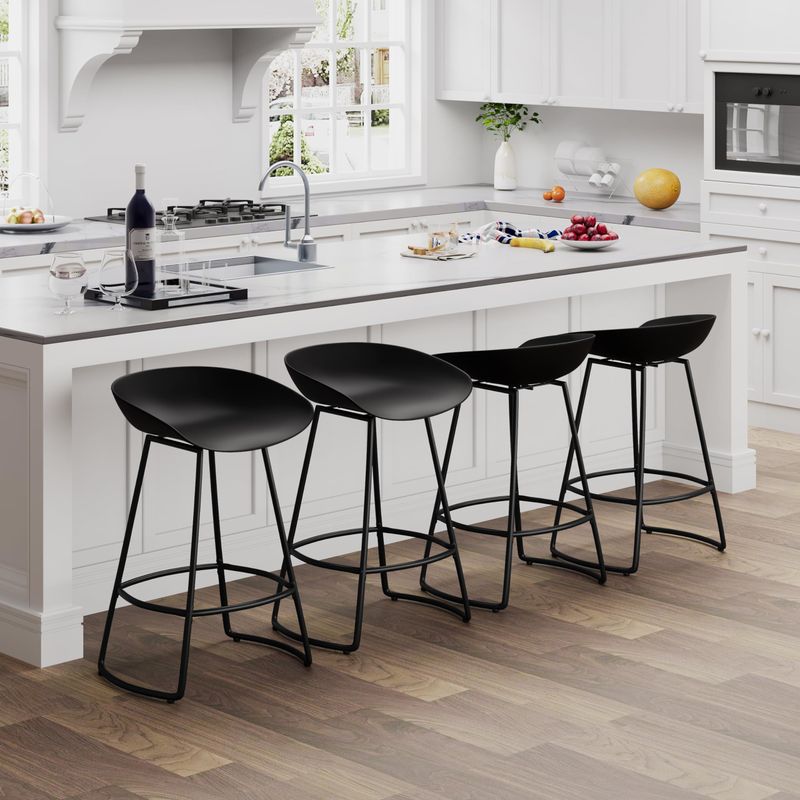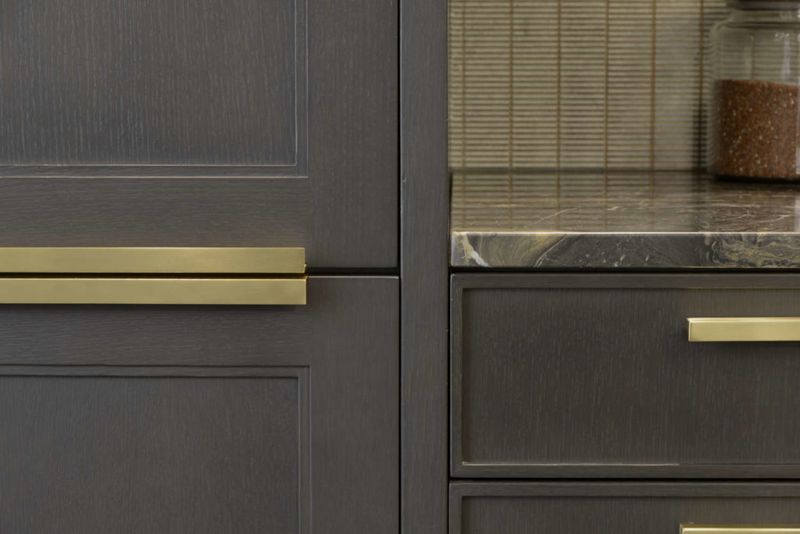Ever wondered why some kitchens look cluttered despite costing a fortune?
Interior designers have spotted trends that drain wallets without adding real value. They’re spilling the beans on which popular kitchen items simply aren’t worth the investment.
Before you revamp your cooking space, check out this insider advice on where NOT to spend your hard-earned cash.
1. Trendy Countertop Appliances
Remember that bread maker collecting dust in your cabinet? Kitchen gadget fads come and go faster than seasonal menu changes at your favorite restaurant.
Many interior designers warn against investing in single-purpose appliances that briefly captured social media attention. The initial excitement wears off quickly, leaving you with expensive paperweights hogging valuable counter space.
2. Over-the-Range Microwaves
For years, homeowners believed these space-savers were kitchen must-haves. However, design experts now steer clients toward more effective ventilation solutions.
The awkward height creates safety hazards when handling hot items, and their ventilation capabilities pale compared to proper range hoods. Plus, they visually weigh down the space above your stove, making the kitchen feel smaller and more cramped.
3. Flashy Drawer Pulls
While scrolling through designer catalogs, those crystal-encrusted or gold-plated drawer pulls might catch your eye. Yet professionals caution against such pricey hardware indulgences.
Everyday use means constant touching, which leads to tarnishing and dulling of those fancy finishes. Instead of splurging here, designers suggest investing in quality cabinet construction and saving on hardware that can be easily swapped out when trends change.
4. Themed Dish Towels
You’ve probably chuckled at witty kitchen sayings or seasonal patterns while shopping. Interior designers, however, consider these novelty items short-lived impulse buys.
They quickly become dated, stain easily, and rarely coordinate with evolving kitchen aesthetics. The solution? Invest in high-quality, absorbent solid-colored towels that perform their actual job well and won’t clash with your kitchen’s style when tastes change.
5. Ornate Cabinet Corbels
Walking through high-end showrooms, you might admire those decorative supports under cabinets or countertops. Yet seasoned designers frequently discourage these architectural embellishments.
Beyond their hefty price tag, corbels collect grease and dust in hard-to-reach spots. They also limit functional space and can make kitchens feel unnecessarily formal or dated. Clean lines and simple support systems offer timeless appeal without the maintenance headaches.
6. Glass-Front Upper Cabinets
Flipping through design magazines might convince you that glass-front cabinets create an airy, sophisticated look. The reality? They’re display cases that demand constant organization.
Unless you’re willing to maintain picture-perfect cabinet interiors at all times, designers say these transparent fronts become stress-inducing showcases of clutter. They also require more frequent cleaning to remove fingerprints and dust that become glaringly obvious on glass surfaces.
7. Oversized Range Hoods
While dramatic statement hoods dominate Pinterest boards, design experts question their practicality. Those massive metal sculptures hovering above ranges often cost thousands without proportional functional benefits.
Many homeowners end up with industrial-grade ventilation they’ll never fully utilize. Additionally, these behemoths can visually overpower the kitchen, creating an imbalanced design. Professionals recommend appropriately sized hoods that perform efficiently without breaking the bank or dominating the space.
8. Specialty Gadgets
Admit it – you’ve been tempted by that avocado slicer or strawberry huller. Interior designers see these single-purpose tools as prime examples of wasteful spending. Most kitchens already burst with unused gadgets that promised to revolutionize cooking but delivered disappointment instead.
A quality chef’s knife and basic tools handle most tasks more efficiently than a drawer full of plastic unitaskers that eventually break or become obsolete.
9. High-Gloss Finishes
Those gleaming, mirror-like cabinet finishes might look spectacular in showrooms under perfect lighting. Unfortunately, they rarely translate well to real-life kitchens. Design professionals point out that high-gloss surfaces show every fingerprint, scratch, and speck of dust.
They’re also more expensive than matte or satin alternatives while being harder to touch up when damaged. For busy family kitchens especially, these finishes quickly lose their appeal amid daily cooking activities.
10. Overly Decorative Backsplashes
Intricate mosaic patterns might catch your eye initially, but designers warn they’re among the first elements homeowners regret. These busy backgrounds quickly become visually overwhelming and stylistically dated.
The installation costs for complex patterns often exceed simple alternatives by significant margins. Plus, cleaning grout lines between tiny tiles turns into a frustrating chore. Experts suggest timeless, easy-to-maintain materials that won’t dominate the visual landscape of your kitchen.
11. Custom Wine Racks
Dreaming of a built-in wine display? You might want to reconsider. Interior designers frequently see these custom features go unused or improperly maintained. Most homeowners don’t maintain consistent collections large enough to justify dedicated storage.
Wine also requires specific temperature and light conditions that typical kitchen environments can’t provide. Unless you’re a serious collector, designers suggest portable options that don’t permanently dedicate valuable kitchen real estate.
12. Complex Pot Fillers
While watching cooking shows, you’ve likely coveted those fancy faucets installed directly above stoves. Yet designers consistently rank pot fillers among the most overrated kitchen additions.
Despite their substantial installation costs involving both plumbing and wall modifications, many homeowners report rarely using them. They’re also prone to splashing and leaking directly onto hot cooking surfaces.
13. Open Shelving in Small Kitchens
Those airy, Instagram-worthy open shelves might seem like space-enhancers, but design professionals disagree. In compact kitchens especially, exposed shelving creates visual chaos rather than openness.
Everything displayed must remain meticulously organized and dust-free—an unrealistic expectation in busy households. Additionally, open shelving actually reduces storage capacity compared to traditional cabinets.
14. Ultra-Deep Sinks
Spotting those dramatic farmhouse sinks in magazines might have you reaching for your credit card. However, experienced designers caution against this expensive trend without considering practicality.
Extremely deep sinks force uncomfortable bending and reaching, potentially causing back strain during extended use. They also consume valuable under-counter storage space. For most households, moderately sized sinks with quality features like noise insulation and durable materials provide better long-term value.
15. Oversized Islands in Tight Spaces
Massive kitchen islands dominate design shows, but forcing one into a modest kitchen creates more problems than solutions. Circulation becomes awkward when clearances drop below recommended minimums.
Designers regularly encounter clients who sacrificed functional workflow for island size, only to regret it later. Properly sized islands that maintain comfortable pathways around all sides provide better utility.
16. Trendy Bar Stools
Ever noticed how uncomfortable those sleek, backless bar stools can be? Interior designers frequently see clients replace fashion-forward seating with practical options after just months of use. Kitchens demand comfortable seating that supports proper posture during meals and conversations.
Investing in high-quality, ergonomic stools with proper back support proves more economical long-term than replacing uncomfortable trendy versions.
17. Expensive Hardware with Poor Durability
Shelling out big bucks for designer cabinet pulls might seem like a small splurge until they start failing prematurely. Quality doesn’t always correlate with price in kitchen hardware.
Many high-end finishes wear quickly in busy kitchens despite their premium cost. Design professionals recommend mid-range options from reputable manufacturers with proven durability records.


